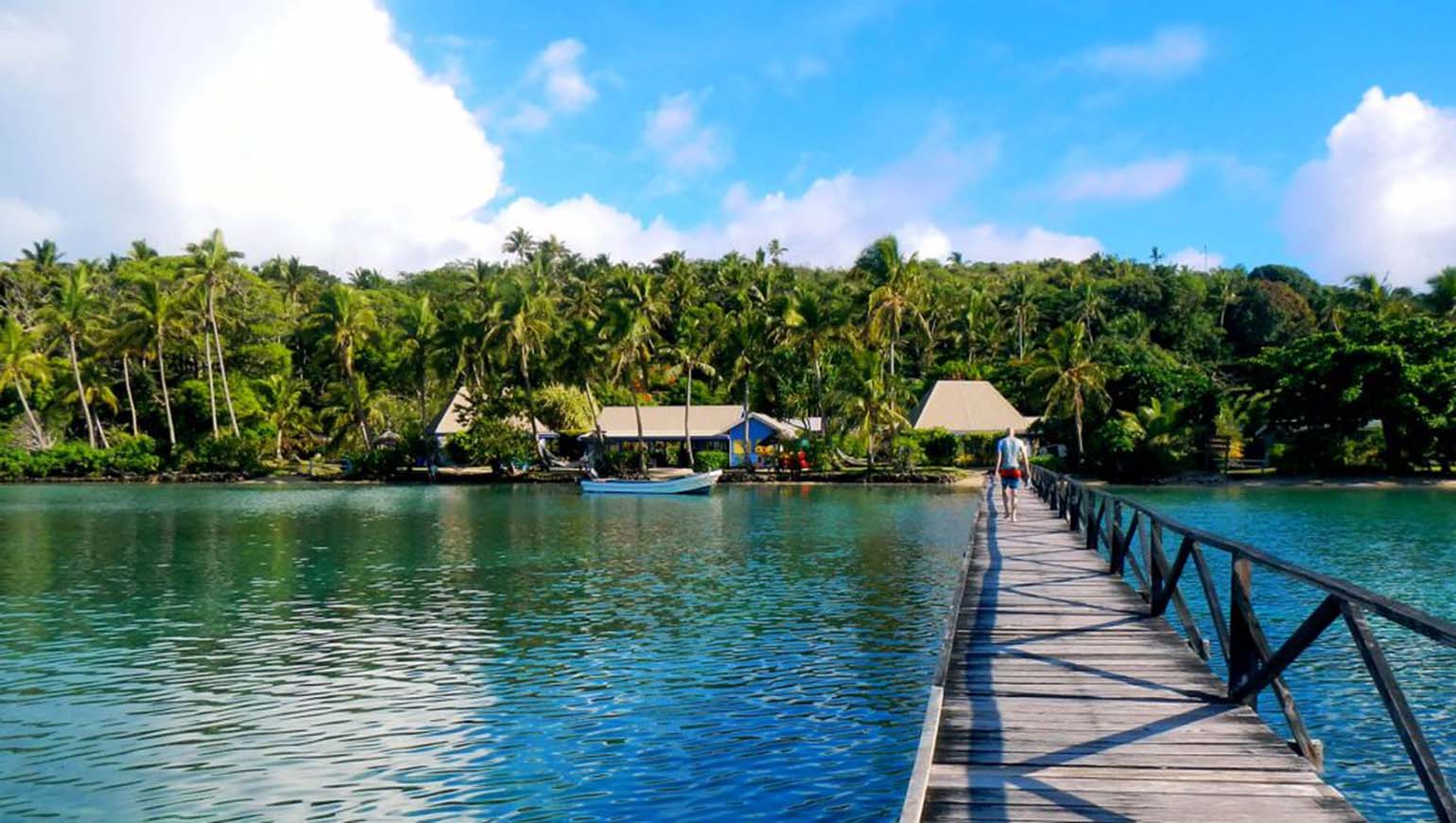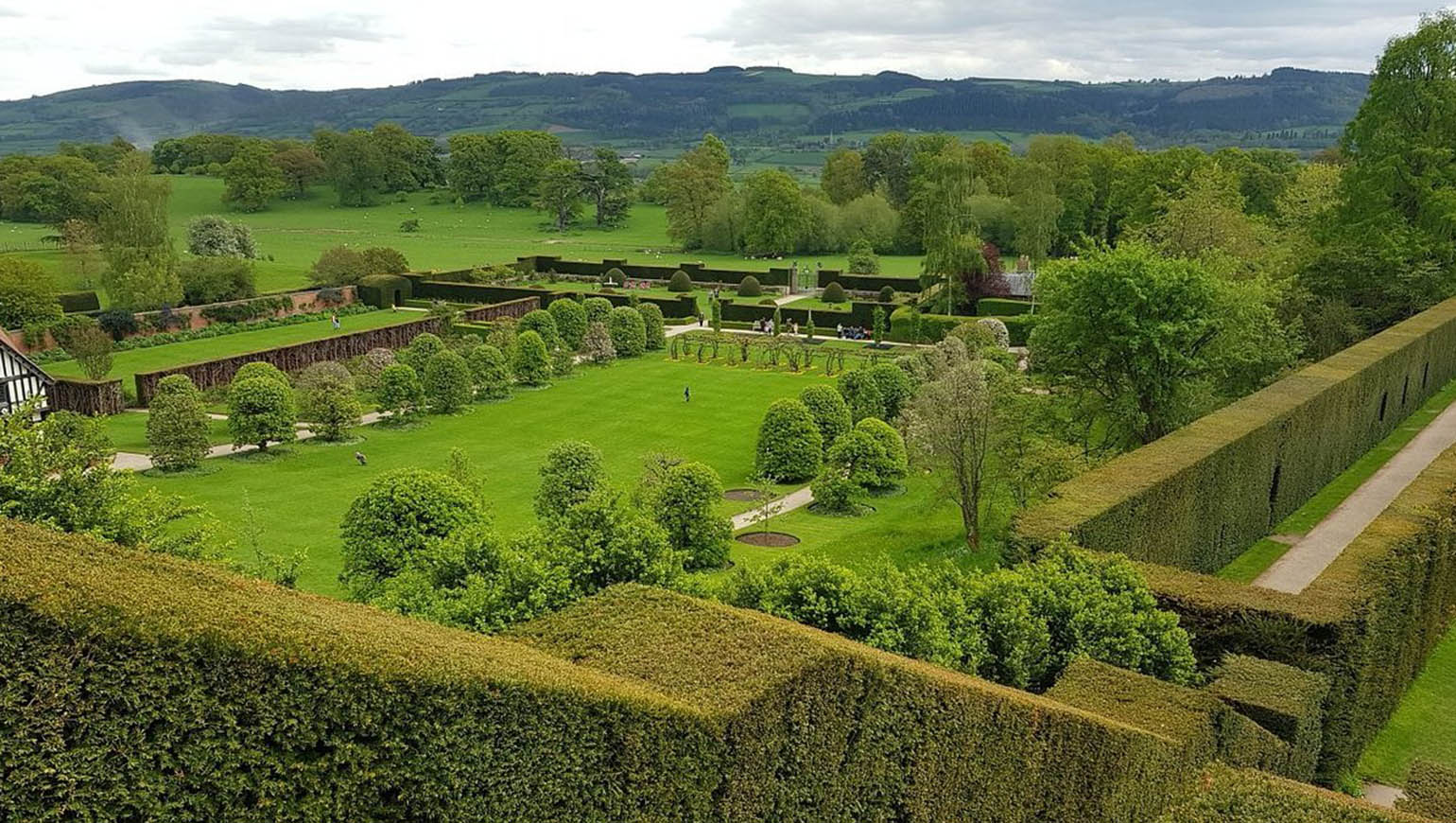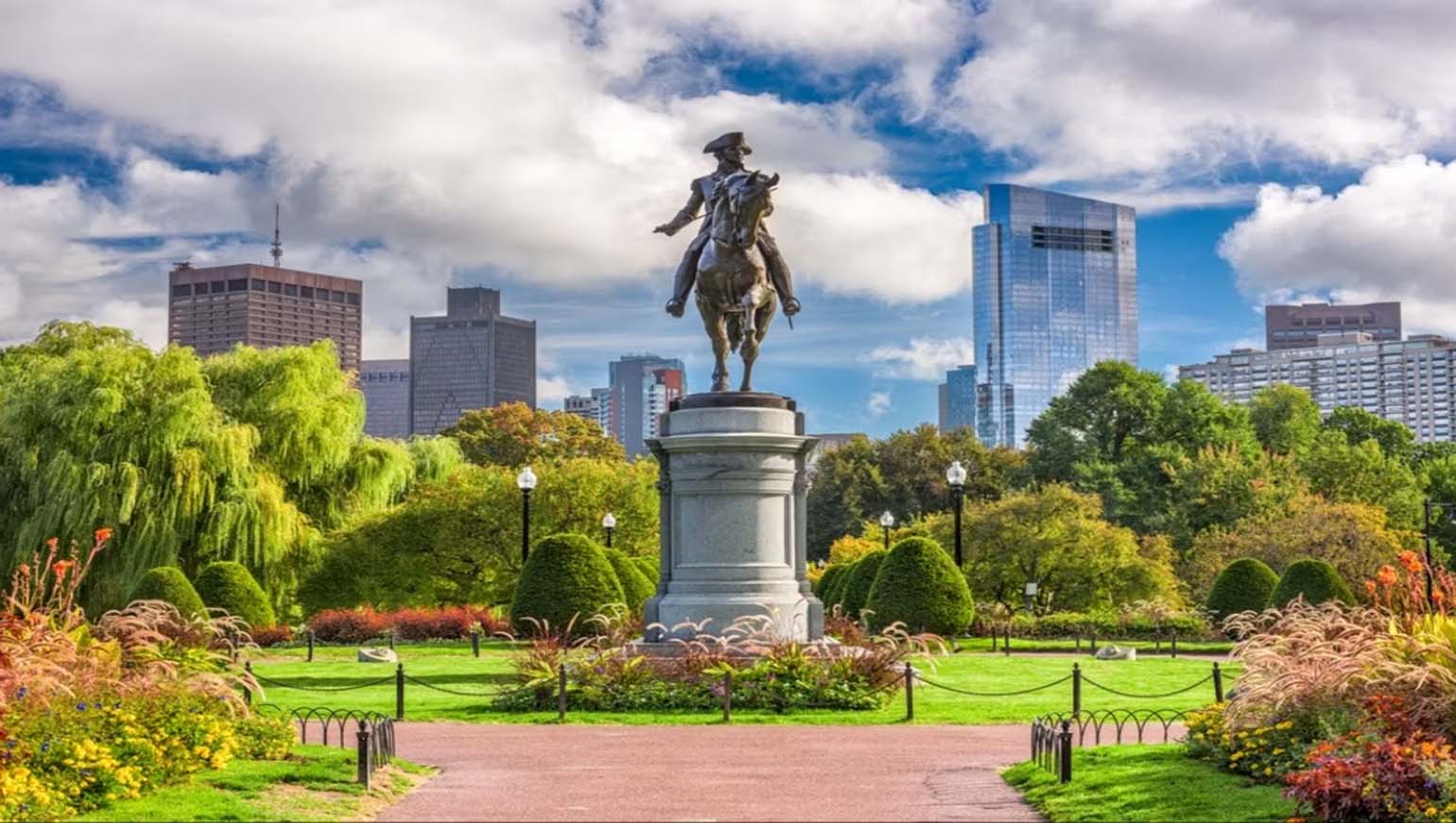Recently, I set my sights on Perche, a charming region located in northeastern France. Known for its historic castles, picturesque villages, and delightful cider, Perche is a fantastic spot for a weekend getaway. Here’s a detailed guide to how I spent a perfect weekend exploring Perche, showcasing its unique attractions and providing tips for your own visit.
Day 1: Immersing in the History and Culture of Perche
Morning: Visiting Mortagne-au-Perche
My journey in Perche began with a visit to Mortagne-au-Perche. This quaint town is renowned for its rich history and captivating scenery. Upon arrival, I was immediately struck by the well-preserved historical buildings and the serene atmosphere that pervades the town. Mortagne-au-Perche’s architecture beautifully reflects its past, with charming old houses and a stunning Gothic church that captures the essence of its historical significance.
Wandering through the narrow streets of Mortagne-au-Perche, I marveled at the intricate details of its historic landmarks. The town’s church, with its elegant Gothic design and stained glass windows, was particularly impressive. It felt like stepping back in time, and the historical ambiance was palpable.
Noon: Strolling Through the Village of Longny-les-Villages
After exploring Mortagne-au-Perche, I drove to Longny-les-Villages. This idyllic village is a perfect example of French countryside charm. The winding streets, traditional houses, and lush gardens make it an ideal place for a leisurely stroll.
In Longny-les-Villages, I took my time exploring the hidden corners of the village, discovering quaint houses and beautiful gardens tucked away in the alleys. The local French restaurant in the village center offered a delightful lunch, featuring fresh bread, cheese, and other regional specialties.
Afternoon: Visiting La Maison Ferré Cider Brewery in Comblot
Post-lunch, I made my way to Comblot to visit the renowned La Maison Ferré cider brewery. La Maison Ferré is famous for its traditional cider-making techniques and high-quality products. During the tour, I learned about the cider production process, viewed the traditional equipment, and sampled various cider flavors.
The guide at the brewery was exceptionally knowledgeable and provided fascinating insights into the history and craft of cider making. After the tour, I purchased a bottle of cider as a memento of this delightful experience.
Evening: Exploring Belleme
As the day drew to a close, I headed to Belleme. This town, known for its unique geographic location and historical sites, offered a tranquil evening experience. The ancient castle in Belleme provided stunning views over the surrounding landscape. I enjoyed a relaxing walk around the castle grounds, soaking in the peaceful atmosphere and scenic views.
Day 2: Discovering Perche’s Natural Beauty and Historical Landmarks
Morning: Exploring La Perrière and Surroundings
On the second day, I set out to explore La Perrière, a picturesque village surrounded by lush forests and rolling hills. La Perrière’s scenic trails are perfect for a morning run or a leisurely hike.
The village itself is charming, with its historic buildings and serene environment. The local church and other historical structures are well-preserved, reflecting the village’s unique architectural style. The beauty of the surrounding nature made this a perfect spot for capturing photographs and enjoying the outdoors.
Noon: Visiting Château de Nogent-le-Rotrou
After leaving La Perrière, I drove to the Château de Nogent-le-Rotrou, an exceptional historical landmark located in the heart of the Perche region. The castle, perched on a hillside overlooking the picturesque town of Nogent-le-Rotrou, is a testament to medieval architecture and rich historical significance.
Architecture and Historical Significance
Château de Nogent-le-Rotrou, originally built in the 11th century, served as a strategic fortress and residence for the powerful Counts of Perche. The castle boasts a combination of medieval fortifications and Renaissance elements, showcasing its evolution over the centuries. Its imposing towers, defensive walls, and elegant facades provide a glimpse into the past military and noble life.
The interior of the castle is a blend of historical and elegant decor. The grand halls are adorned with period furnishings, tapestries, and artwork that reflect the opulence of the castle’s past inhabitants. Walking through these rooms, I was able to appreciate the intricate details and craftsmanship that characterized the castle’s design.
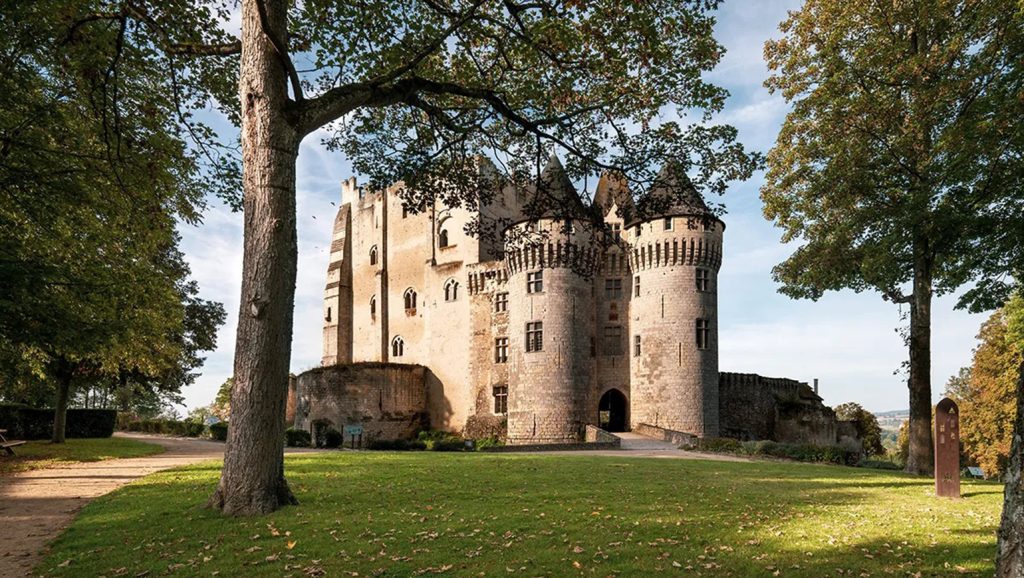
The castle’s gardens are equally enchanting. Designed in the formal French style, the gardens feature meticulously manicured lawns, geometric flowerbeds, and classical statues. Strolling through the gardens, I found it easy to imagine how the castle’s residents might have enjoyed leisurely afternoons surrounded by natural beauty.
Guided Tour and Historical Insights
I spent several hours exploring the Château de Nogent-le-Rotrou, which included a comprehensive guided tour. The guide provided fascinating insights into the castle’s history, including its role in regional politics, notable historical figures who resided there, and key events that shaped its development.
The guide’s narrative was enriched with anecdotes and lesser-known facts, offering a deeper understanding of the castle’s significance beyond its architectural features. Their expertise made the visit not only informative but also engaging, bringing the history of the castle to life.
Visitor Information
- Opening Hours:
- Summer Season (April to September): Open daily from 10:00 AM to 6:00 PM.
- Winter Season (October to March): Open from Tuesday to Sunday, 10:00 AM to 5:00 PM. Closed on Mondays.
- Note: The castle may be closed for special events or maintenance, so it’s advisable to check the official website or contact the castle directly before planning your visit.
- Admission Fees:
- Adults: €8.00
- Seniors (65+) and Students: €6.00
- Children (under 12): Free
- Family Pass: €20.00 (for 2 adults and 2 children)
- Tour Options:
- Standard Guided Tour: Included with admission fee, lasting approximately 1 hour.
- Private Tours: Available upon request for an additional fee. Ideal for a more personalized experience or for groups.
- Visitor Guidelines:
- Accessibility: The castle has limited accessibility for visitors with mobility impairments due to its historic structure and uneven terrain.
- Photography: Photography is allowed in most areas of the castle, but the use of flash is prohibited to protect the artifacts and decor.
- Food and Drink: There are no dining facilities within the castle; however, there are several cafes and restaurants in the nearby town of Nogent-le-Rotrou where you can enjoy a meal or a snack.
Tips for a Memorable Visit
- Arrive Early: To fully enjoy the castle and its gardens without feeling rushed, try to arrive early in the day. This also gives you more flexibility in case you want to join a guided tour or explore the surrounding town.
- Wear Comfortable Shoes: The castle grounds and gardens involve a fair amount of walking, including on uneven surfaces. Comfortable, sturdy footwear will make your visit more enjoyable.
- Check for Special Events: The castle occasionally hosts special exhibitions, historical reenactments, and cultural events. Check the castle’s calendar on their official website to see if any events align with your visit.
- Bring a Camera: The stunning architecture, elegant interiors, and beautiful gardens offer excellent photo opportunities. Just remember to follow the photography guidelines.
- Explore the Town: After your visit, take some time to explore Nogent-le-Rotrou. The town has charming streets, historic buildings, and local shops that complement your castle experience.
Château de Nogent-le-Rotrou is a captivating destination that offers a rich historical experience. With its impressive architecture, beautiful gardens, and insightful guided tours, it provides a perfect blend of history and beauty for any visitor.
Afternoon: Touring the Abbaye de Thiron-Gardais and the Royal Military Academy Grounds
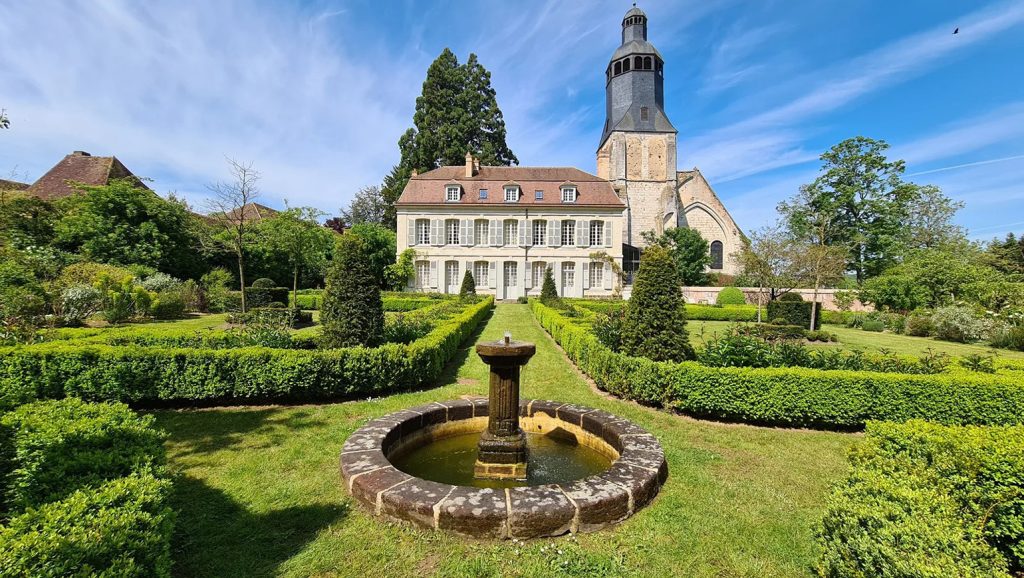
Following my visit to the Château de Nogent-le-Rotrou, I went to the Abbaye de Thiron-Gardais. This abbey is one of the most important religious sites in Perche, with a deep historical and cultural significance. The abbey’s architecture and peaceful setting offered a tranquil experience.
Next, I visited the grounds of the Royal Military Academy, which was once an important military training center. The area has been transformed into an open museum, showcasing military artifacts and providing insights into the academy’s history and military training.
Evening: Reflection and Conclusion
My Perche adventure concluded on a pleasant evening. The two-day itinerary allowed me to fully experience the region’s natural beauty, historical landmarks, and cultural heritage. Every corner of Perche, from its ancient castles to its charming villages, left a lasting impression.
If you’re planning a trip to Perche, I hope this weekend itinerary provides inspiration for your visit. Whether you’re a history enthusiast or a nature lover, Perche offers a rich and varied travel experience. Be sure to plan ahead to make the most of your time in this enchanting region!

